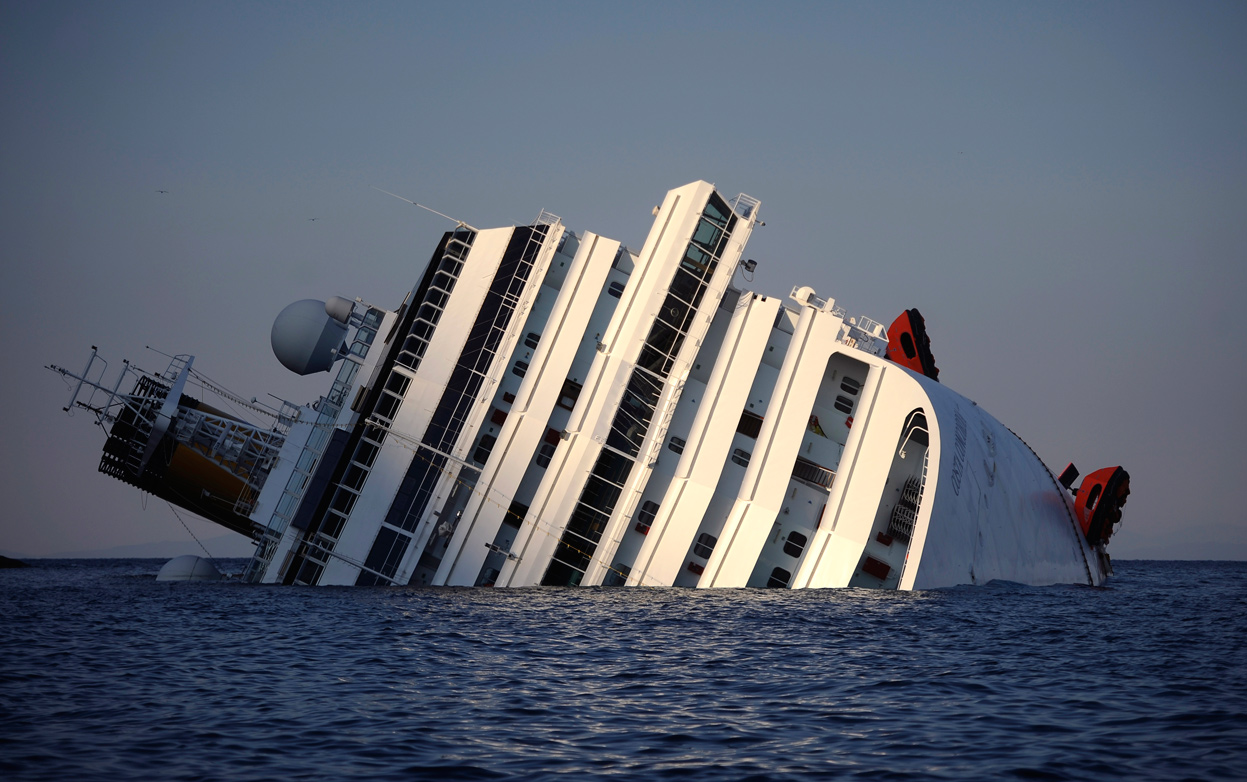On January 13, 2012, the cruise vessel Costa Concordia ran aground off the coast of Isola del Giglio, Italy. The accident occurred when the ship was attempting to change course and maneuver closer to shore in order to give passengers a better view of the island. The ship struck a rock and began taking on water.
The incident resulted in 32 fatalities and 64 injuries, making it one of the worst maritime disasters in recent memory. In addition to the loss of life, there was significant environmental damage as well as massive economic losses due to property damage and lost revenue for Costa Crociere, the company that owns the ship.
In response to this tragedy, Costa Crociere initiated an extensive salvage operation in order to right and refloat the vessel so that it could be taken away from its location near Giglio Island. The salvage operation was completed in July 2014 using a process called “parbuckling” which uses chains and pulleys to rotate a capsized vessel upright.
In April 2017, after years of delays due to legal disputes over liability for damages related to the accident, Costa Concordia was towed away from Italy for final decommissioning at Genoa. During its journey back home, hundreds of people lined up on shorelines in Italy and France to bid farewell as part of an emotional farewell ceremony for those who lost their lives in the tragedy or were affected by it in some way.
Costa Concordia has since been fully retired from service and is currently under dismantling at Genoa where it will be safely recycled into scrap metal. This process is expected to take several months before all that remains is an empty hull.
Overall, what happened to Costa Concordia serves as a reminder that accidents can happen anytime even with modern technology and safety measures in place. It also serves as a warning about how much damage can be caused when safety protocols are not followed correctly or when human negligence occurs while operating vessels on open waters.
Conclusion: After running aground off Isola del Giglio, Italy on January 13th 2012 resulting in 32 fatalities and 64 injuries; Costa Concordia underwent an extensive salvage operation before being towed away for final decommissioning at Genoa in April 2017. As a result of this tragedy we are reminded that accidents can still occur despite modern technology and safety measures being put in place; serving as a warning about how negligence can cause massive damage when operating vessels on open waters.

